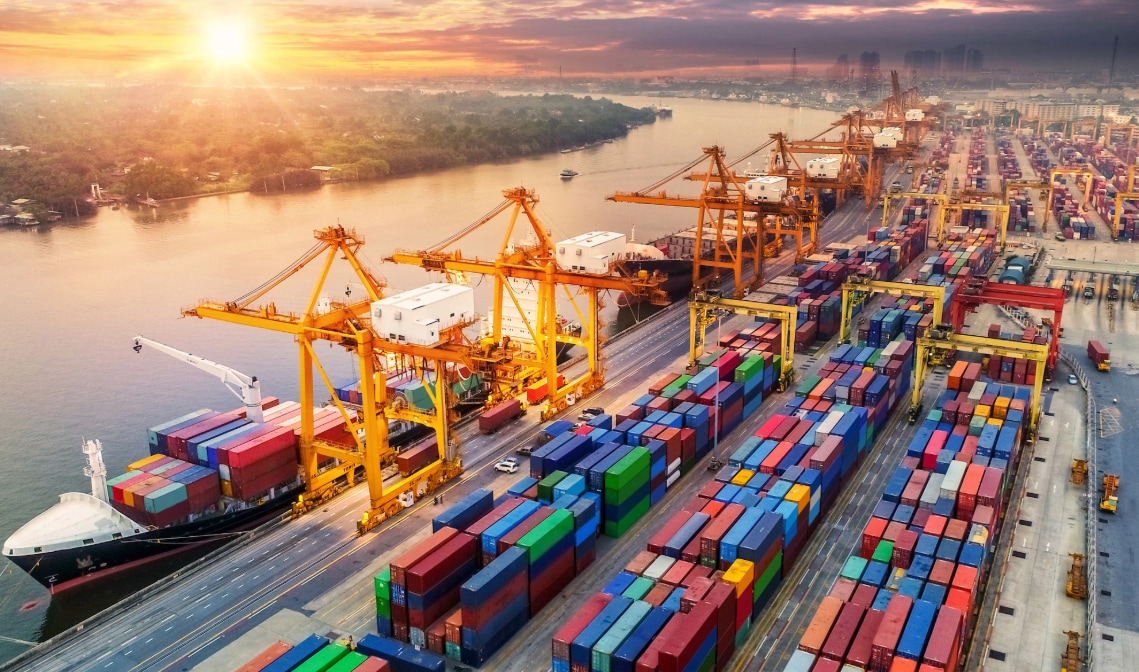How can we cut carbon emissions?

Stay up to date:
Hyperconnectivity
The recently released fifth report of the Intergovernmental Panel on Climate Change (IPCC) makes abundantly clear that human-induced climate change is taking place, and that unchecked climate change poses a serious threat to economic development and human well-being. Even leaving aside the problem of increased risk of low-probability but catastrophic events, climate change threatens people and places through damages to unique and important ecosystems, increases in severe weather events, reductions in productivity, and needs for increased expenditures to counter the threats such as greater costs to build and maintain infrastructure. For a number of reasons, the poor are likely to be disproportionately affected by these threats.
To address this challenge will require not only adaptation expenditures to mitigate the risks – though these will need to be increased and targeted more effectively. It will require globalefforts to very sharply reduce the “greenhouse gas emissions” (GHGs) that human activity adds to the atmosphere – carbon dioxide, methane, and others – over a relatively short period of time. Even the most aggressive emissions mitigation efforts by advanced industrialized countries will not be enough, given the speed of GHG emissions growth worldwide. The issue is not if major cuts in global emissions need to be made, but how large and how rapid are the cuts the global community is prepared to make.
This would not be such a tremendously complicated issue if we had clear information about where critical thresholds in climate change damages would be encountered as concentrations of GHGs in the atmosphere increased; or if we knew how to make sharp and rapid cuts in global emissions with minimal effect on economic development. Unfortunately, neither of these conditions holds.
Knowledge of critical thresholds would help national governments coalesce around concrete plans for action, as has been observed for example in addressing some global public health threats. As it stands, the risks are uncertain and unfamiliar; and individuals have great difficulties rationally evaluating unfamiliar risks in general and low-probability, high-impact events in particular. In addition, climate change is a global problem requiring cooperation among a number of countries to effectively cut emissions; but that also creates incentives for individual countries to move slowly, to see how much others are prepared to do before making commitments.
If technologies were available at present to make deep cuts in emissions at little or no cost, then such commitments would not be that difficult to make. That is not the case today. The IPCC has exhaustively explored this issue, looking at the range of possibilities that reasonably could be assumed about future developments in energy efficiency (getting the same economic output or benefit with less energy used), renewable energy sources (especially solar and wind), and technologies that would permit continued use of CO2-emitting fossil fuels while being able to “capture and store” those emissions (for example, in deep underground rock formations).
As expected, the potential costs depend on the ambition of the emission reductions, as well as the assumptions made about technology availability and the nature of policies used to implement emission limits. Under ideal circumstances, the cost over time of achieving an ambitious but environmentally “safer” target (emissions concentration of no more than 450 parts per million of GHGs in the atmosphere) could cost less than 5 percent of global consumption in 2100, with consumption growth rates over the century reduced by only a few hundredths of a percentage point. With a somewhat less ambitious target (550 ppm emissions concentration), the relative reduction of global consumption in 2100 would be less than 4 percent.
These may seem like small numbers, especially after taking into account the very large anticipated increase in the size of annual global consumption by 2100 in the absence of debilitating impacts from climate change. However, “only” 4-5 percent of a greatly increased level of global consumption by 2100 relative to today is a huge amount of resources, the marginal benefit of which in other applications also could be quite large.
Moreover, these figures assume ready availability of a wide range of the sort of emissions-reducing opportunities mentioned above. In particular, if continuing to use fossil fuels while capturing and storing the resulting GHG emissions were not possible (technologically or in terms of societies’ perceptions of the riskiness of such technologies), GHG mitigation costs would be on the order of 50% higher.
Last, but certainly not least, the IPCC numbers assume global cooperation in putting a uniform international price on emissions of all GHGs. If this were possible, it would produce a globally least-cost approach to meeting emissions targets. Such global policy cooperation is far-fetched, however; and if less efficient policies are used by different countries and emissions prices differ internationally, the global cost of reducing emissions will be significantly higher.
While there will be costs to significant reductions in global emissions, there also will be significant benefits – although our quantitative understanding of the benefits remains weak. To substantially delay actions on emissions reductions because more affordable technologies are not yet available or because the benefits are not yet well quantified would be unwise. However, the ways the world reduces global emissions also matter greatly. Cooperation in putting a price on emissions to induce cost-effective reductions and stimulate new technology development is important, as are well-targeted energy efficiency standards where information and institutional barriers limit the impact of prices (see here for the World Bank statement on the need for carbon pricing). Also needed is cooperation in greatly expanding the global scale of low-emissions R&D, and reducing barriers to its diffusion.
No less crucial, especially for the work of the WBG, is making sure efforts to promote GHG emissions reductions are well-targeted. Low-income countries contribute trivially to the global warming problem and have many urgent priorities for use of very scarce financial and human capital. For these countries, any emissions reduction measures undertaken should have positive net benefits in their own right (from improved energy efficiency or reduced local pollution in particular). The challenge of mitigating emissions is first and foremost one to be faced by advanced industrial countries and rapidly developing countries with large and fast-growing emissions.
This post first appeared on The World Bank
Author: Michael Toman is Lead Economist on Climate Change in the Development Research Group and Manager of the Energy and Environment Team.
Image: Steam and other emissions rise from a coal-fired power station near Lithgow, 120 km (75 miles) west of Sydney, July 7, 2011. REUTERS/Daniel Munoz
Don't miss any update on this topic
Create a free account and access your personalized content collection with our latest publications and analyses.
License and Republishing
World Economic Forum articles may be republished in accordance with the Creative Commons Attribution-NonCommercial-NoDerivatives 4.0 International Public License, and in accordance with our Terms of Use.
The views expressed in this article are those of the author alone and not the World Economic Forum.
Related topics:
Forum Stories newsletter
Bringing you weekly curated insights and analysis on the global issues that matter.
More on Climate ActionSee all
Jose Ignacio Galindo and Nicolas Wertheimer
July 24, 2025
David Elliott
July 22, 2025
Stephanie Dunn and Firuze Alpaydin
July 22, 2025
Muhammad Hassan Dajana and James Balzer
July 22, 2025



